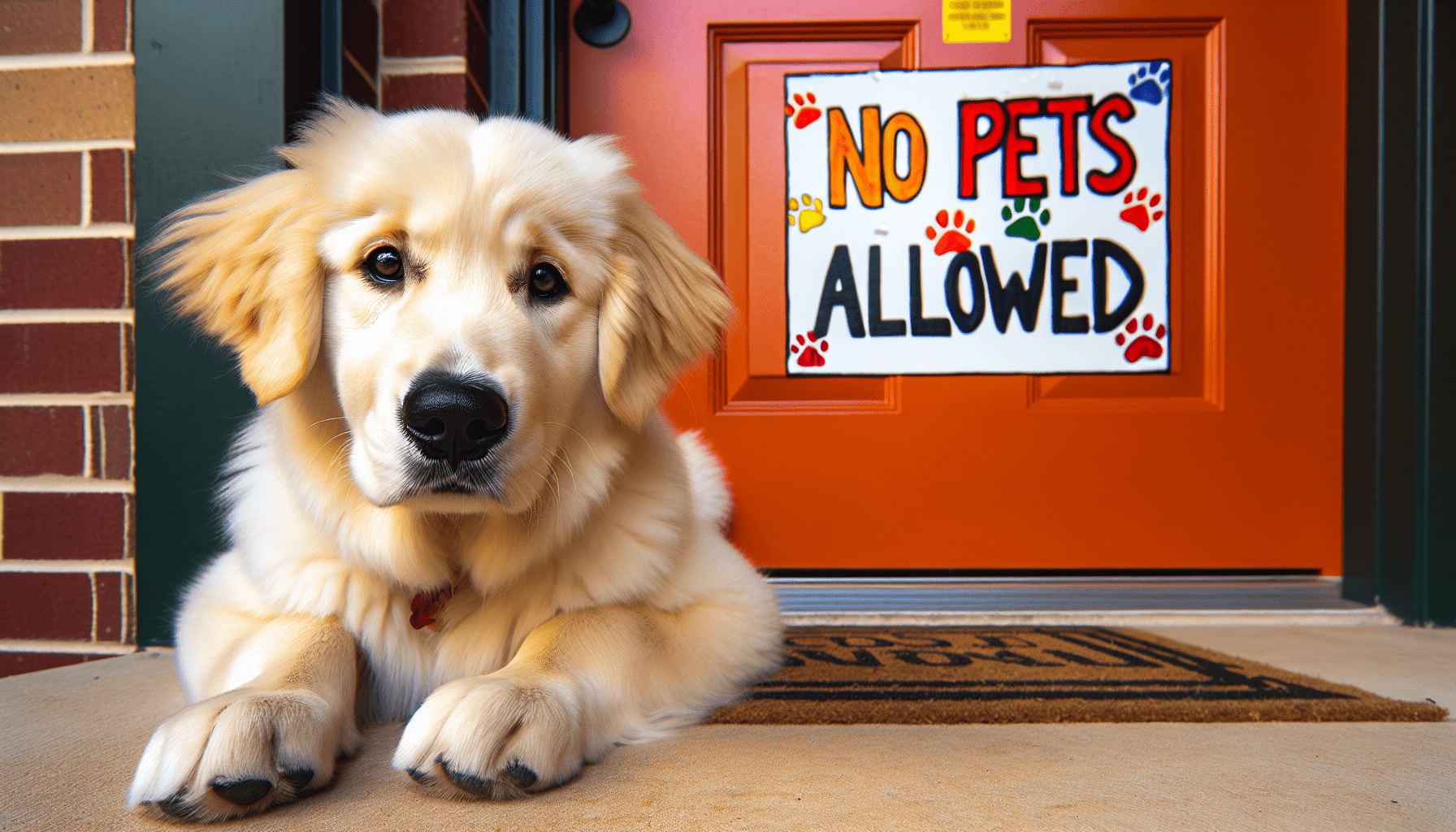Welcome to the ongoing debate over pets in dormitories! As a college student, you may find yourself torn between wanting a furry companion to help alleviate stress and loneliness, and understanding the potential issues that could arise from having pets in such a confined space. From allergies to noise complaints, there are certainly valid arguments on both sides of the discussion. Let’s explore the various perspectives on this topic and delve deeper into this controversial issue. Have you ever wondered if you can have a pet in your dorm room? Well, you’re not alone! Many students face this dilemma when deciding whether to bring their furry friends along to college. In this article, we will dive into the ongoing debate over pets in dormitories, discussing the pros and cons, rules and regulations, and alternative options for students who want to have pets while living on campus.
The Pros and Cons of Having Pets in Dormitories
Having a pet in your dorm room can be a rewarding experience, but it also comes with its own set of challenges. Let’s take a look at some of the pros and cons of having pets in dormitories:
Pros
- Companionship: Pets can provide emotional support and companionship, especially during stressful times like exams or homesickness.
- Stress relief: Spending time with a pet has been shown to reduce stress and anxiety levels in humans.
- Responsibility: Taking care of a pet can help develop important life skills like time management, organization, and empathy.
- Socialization: Pets can be a great conversation starter and help you make friends with other pet owners in the dormitory.
Cons
- Limited space: Dorm rooms are often small and may not have enough space to accommodate a pet comfortably.
- Noise and mess: Pets can be noisy and messy, which can be disruptive to roommates and neighbors.
- Allergies: Some people may have allergies to certain animals, which can make living in close quarters with a pet challenging.
- Restrictions: Many dormitories have strict rules and regulations regarding pets, including bans on certain species or breeds.
It’s important to weigh the pros and cons carefully before deciding to bring a pet to your dormitory. Consider your living situation, schedule, and ability to care for a pet before making a decision.
Rules and Regulations for Pets in Dormitories
Before bringing a pet to your dorm room, it’s important to familiarize yourself with the rules and regulations set forth by your college or university. These rules are in place to ensure the safety and well-being of all residents in the dormitory, as well as to prevent any potential conflicts or issues that may arise from having pets on campus.
Common restrictions for pets in dormitories:
| Pet Type | Restrictions |
|---|---|
| Dogs | Often prohibited due to noise and space constraints |
| Cats | Some dormitories allow cats, but others may have restrictions |
| Fish | Usually allowed, but tank size may be limited |
| Birds | Many dormitories prohibit birds due to noise and mess |
It’s important to check with your housing office or residence life staff to determine what types of pets are allowed in your dormitory. Violating these rules can result in disciplinary action, fines, or even eviction from the dormitory.

Alternative Options for Having Pets in College
If your dormitory does not permit pets, don’t worry – there are still ways to enjoy the company of animals while in college. Consider these alternative options for having pets in college:
Therapy Animals
Many colleges and universities have therapy animal programs that allow students to interact with animals on campus. These animals are specially trained to provide emotional support and stress relief to students, and can often be found at events, counseling centers, or designated pet therapy rooms on campus.
Pet-Friendly Housing
Some colleges offer pet-friendly housing options for students who want to live with their pets on campus. These housing units are specifically designated for pet owners and often come with additional amenities like pet play areas, grooming stations, and pet waste stations.
Volunteer Opportunities
If you’re missing your own pet while in college, consider volunteering at a local animal shelter or rescue organization. This can be a great way to spend time with animals, give back to the community, and potentially even foster a pet in need.
Pet-Sitting or Dog-Walking
Another option for animal lovers in college is to offer pet-sitting or dog-walking services to fellow students or community members. This can be a flexible and fun way to earn some extra money while spending time with animals.
While having a pet in your dorm room may not be possible, there are plenty of alternative options for enjoying the company of animals while in college. Consider these alternatives if you’re craving some furry companionship during your time on campus.
Conclusion
The debate over pets in dormitories is ongoing, with valid arguments on both sides of the issue. While having a pet in your dorm room can provide companionship, stress relief, and important life skills, it also comes with challenges like limited space, noise, and restrictions. Before deciding to bring a pet to college, consider the pros and cons, rules and regulations, and alternative options available to you.
Ultimately, the decision to have a pet in your dormitory is a personal one that should be carefully considered based on your individual circumstances and needs. Whether you choose to bring a pet to college or explore other options for animal companionship, remember to prioritize the well-being and happiness of both yourself and your furry friend.


